This article looks at identity and access management (IAM) in cloud computing. You’ll learn how cloud IAM differs from traditional on-premises IAM, explore the benefits and challenges of cloud IAM, and discover how to choose the best cloud IAM system for your organization. By the end of the article, you’ll have a deeper understanding of the components of cloud IAM and how these software solutions can help mitigate cyberattacks that threaten your organization.
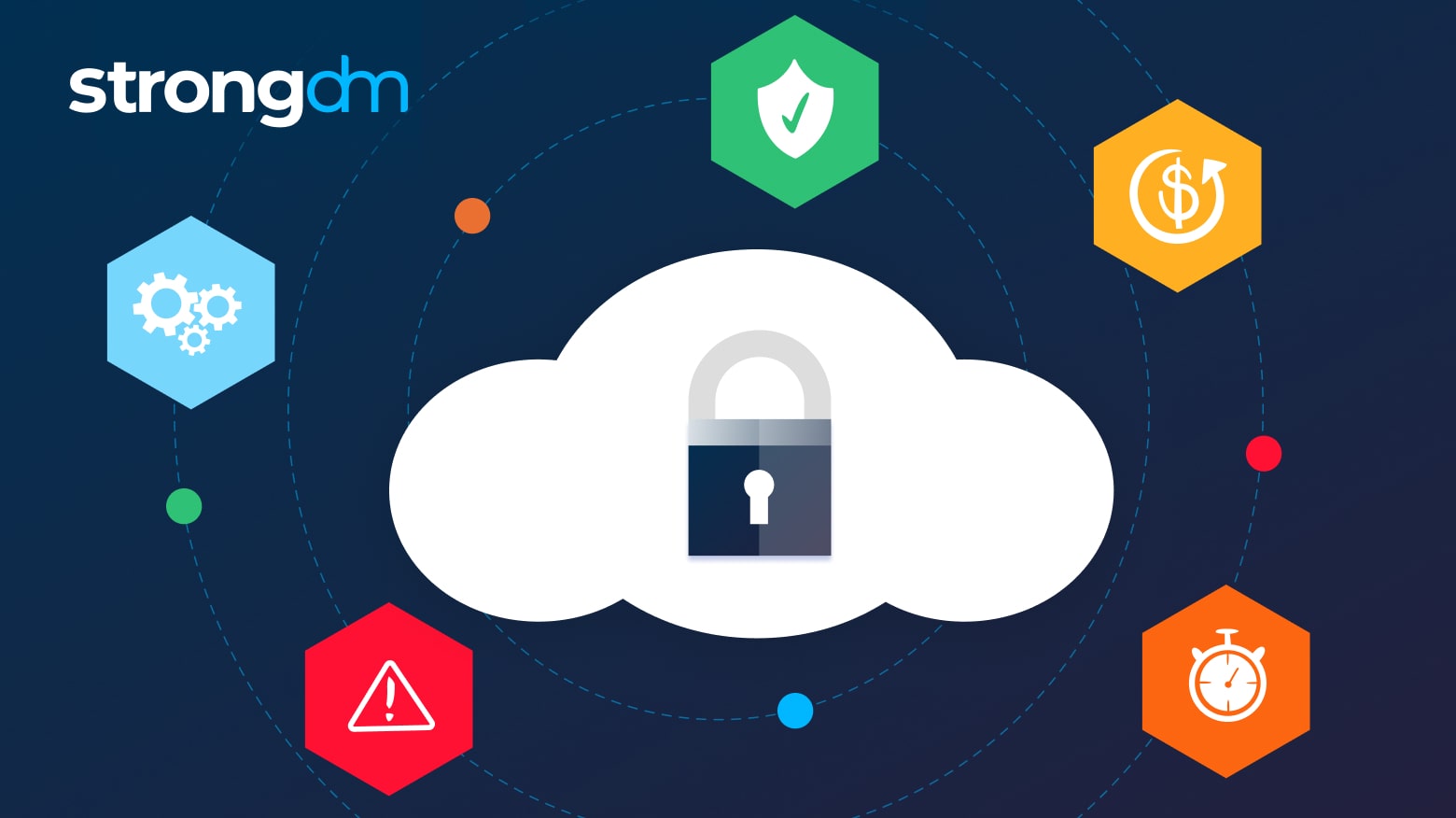
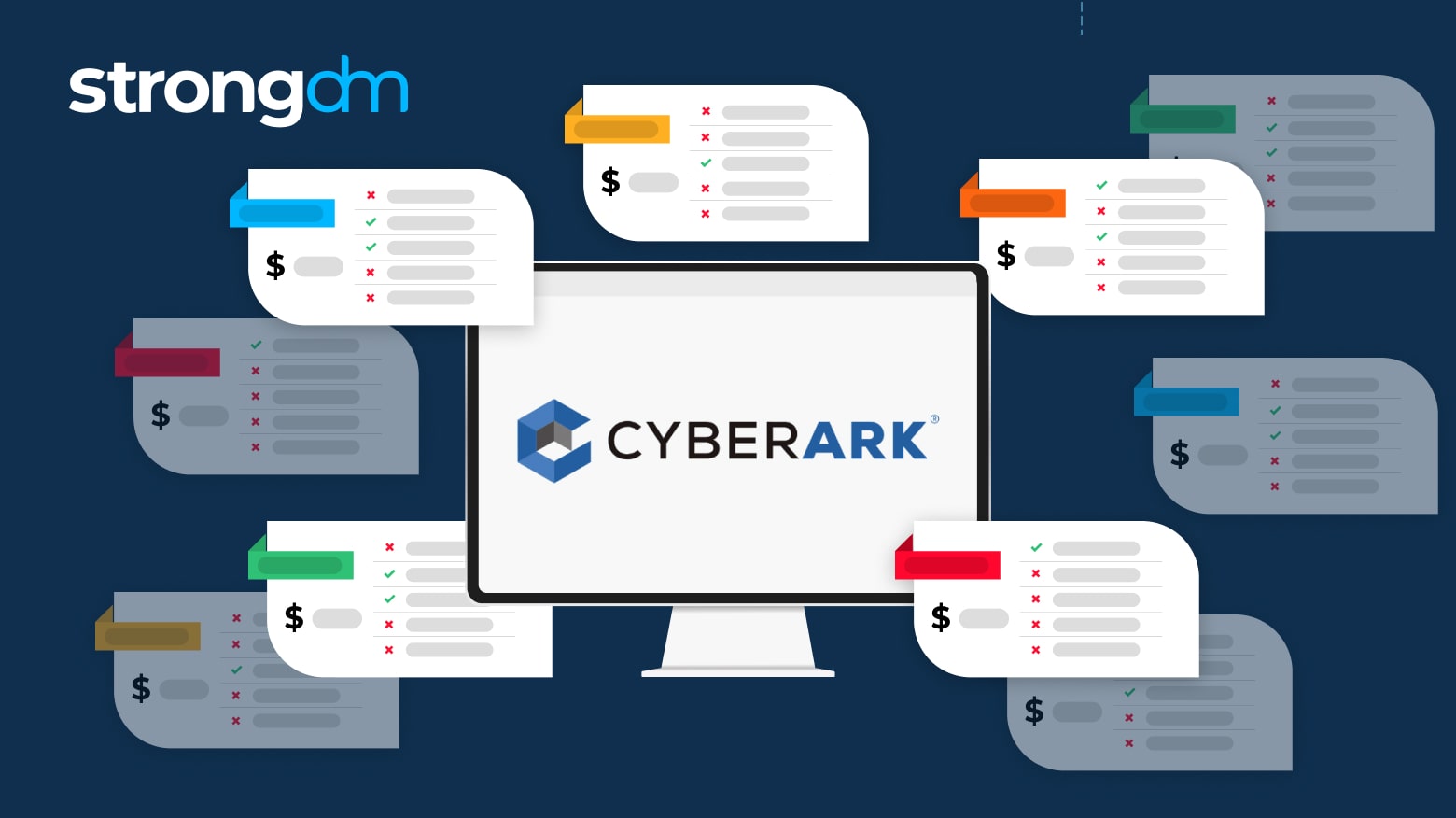
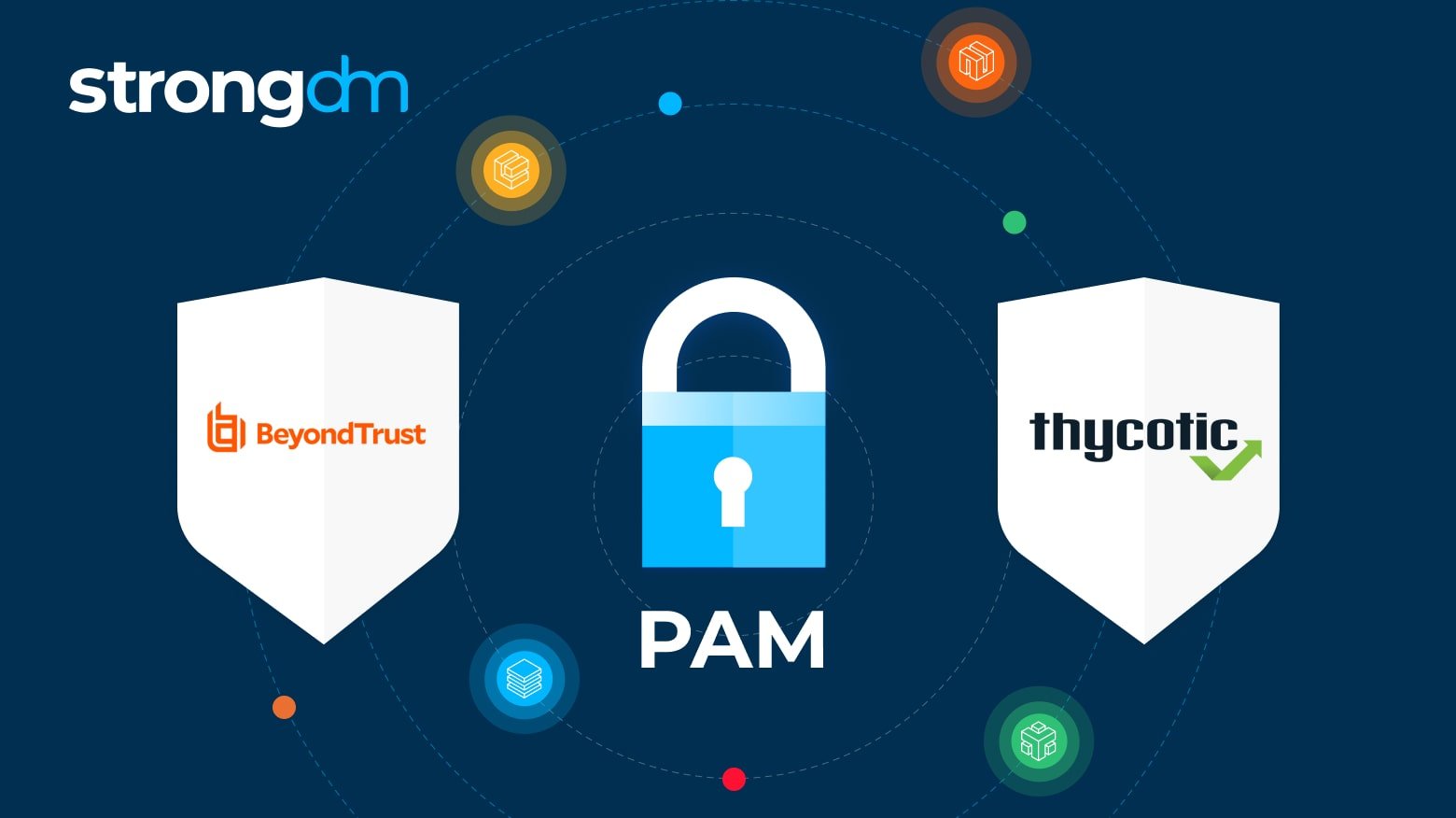
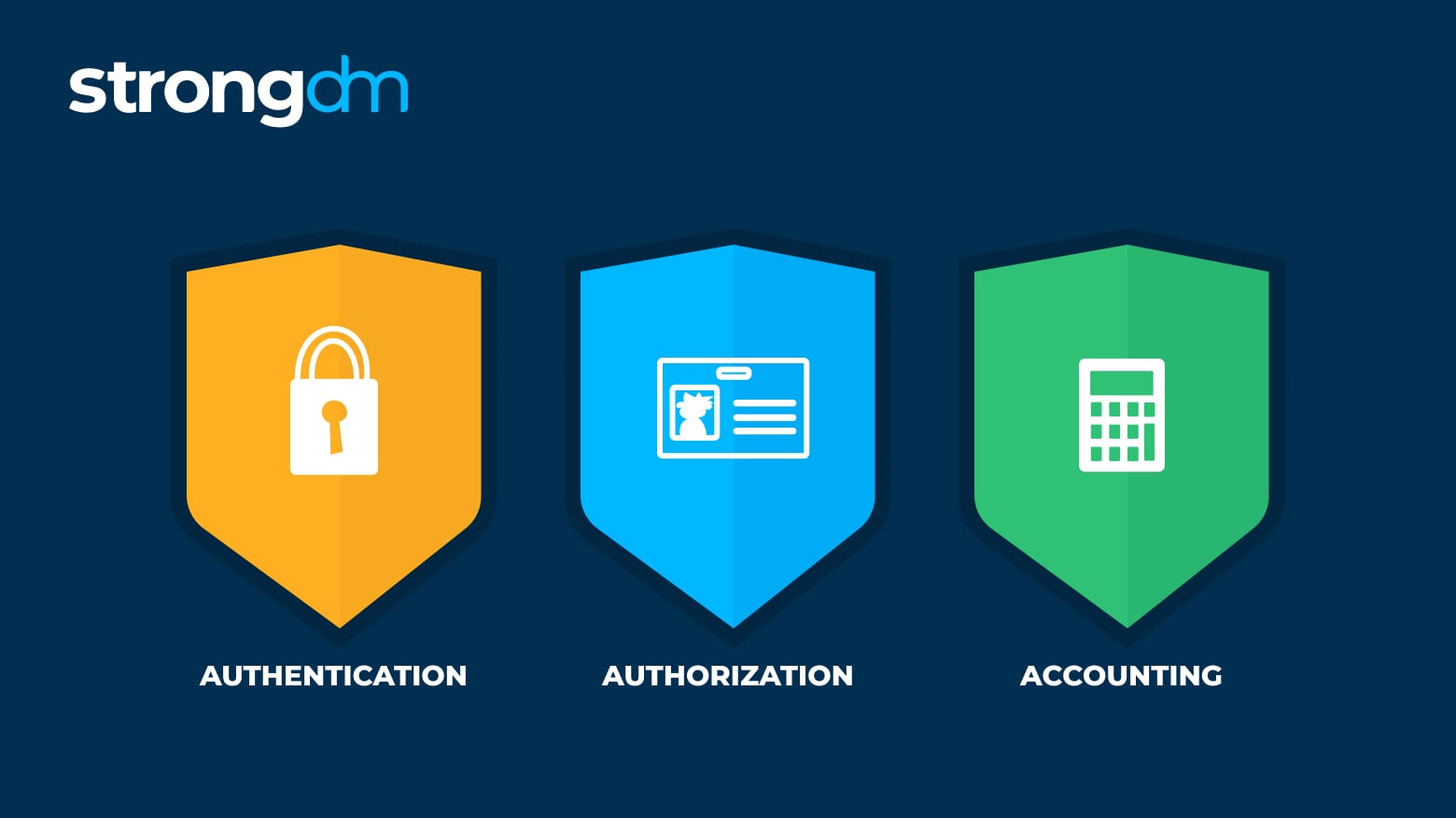

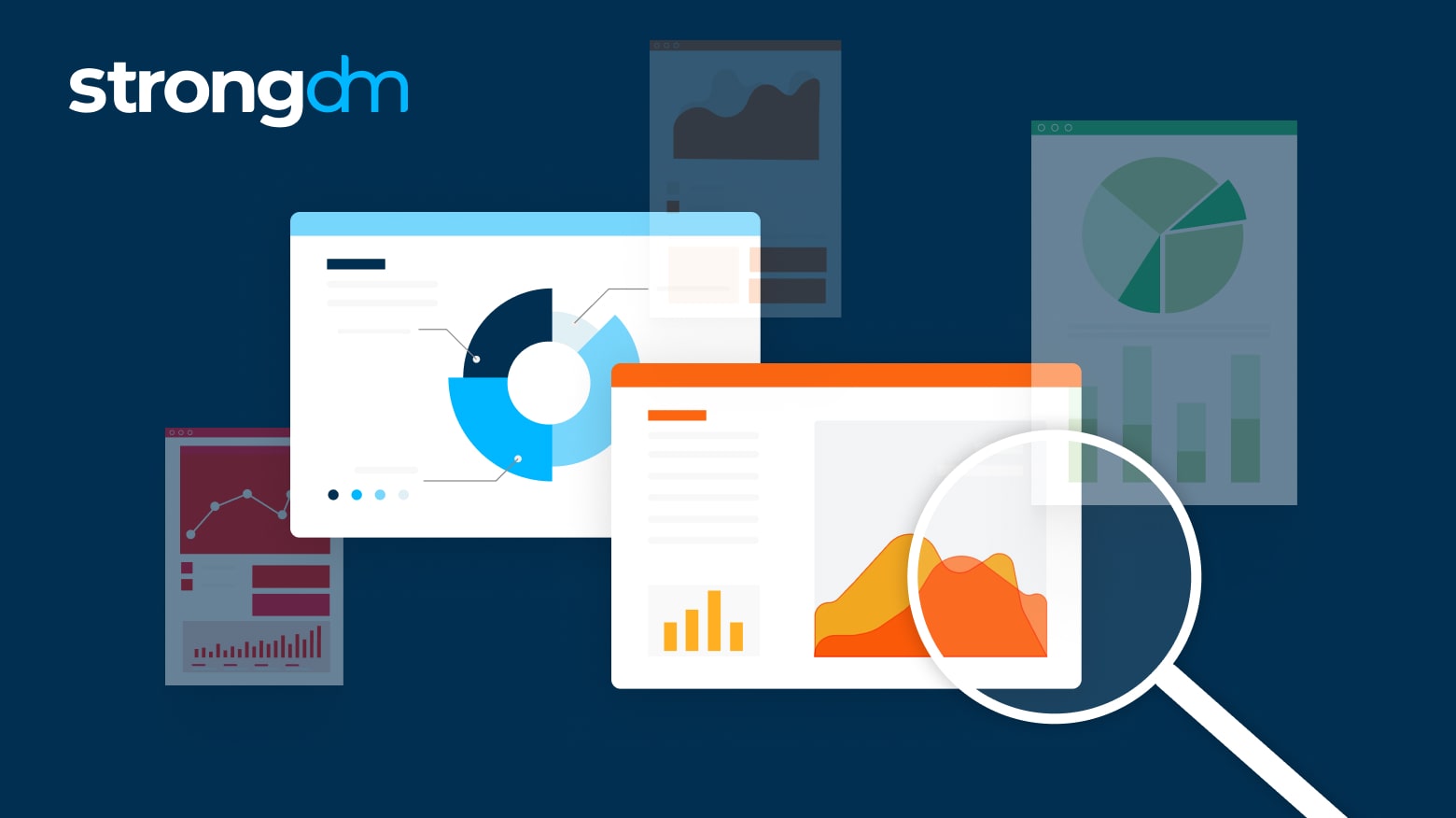

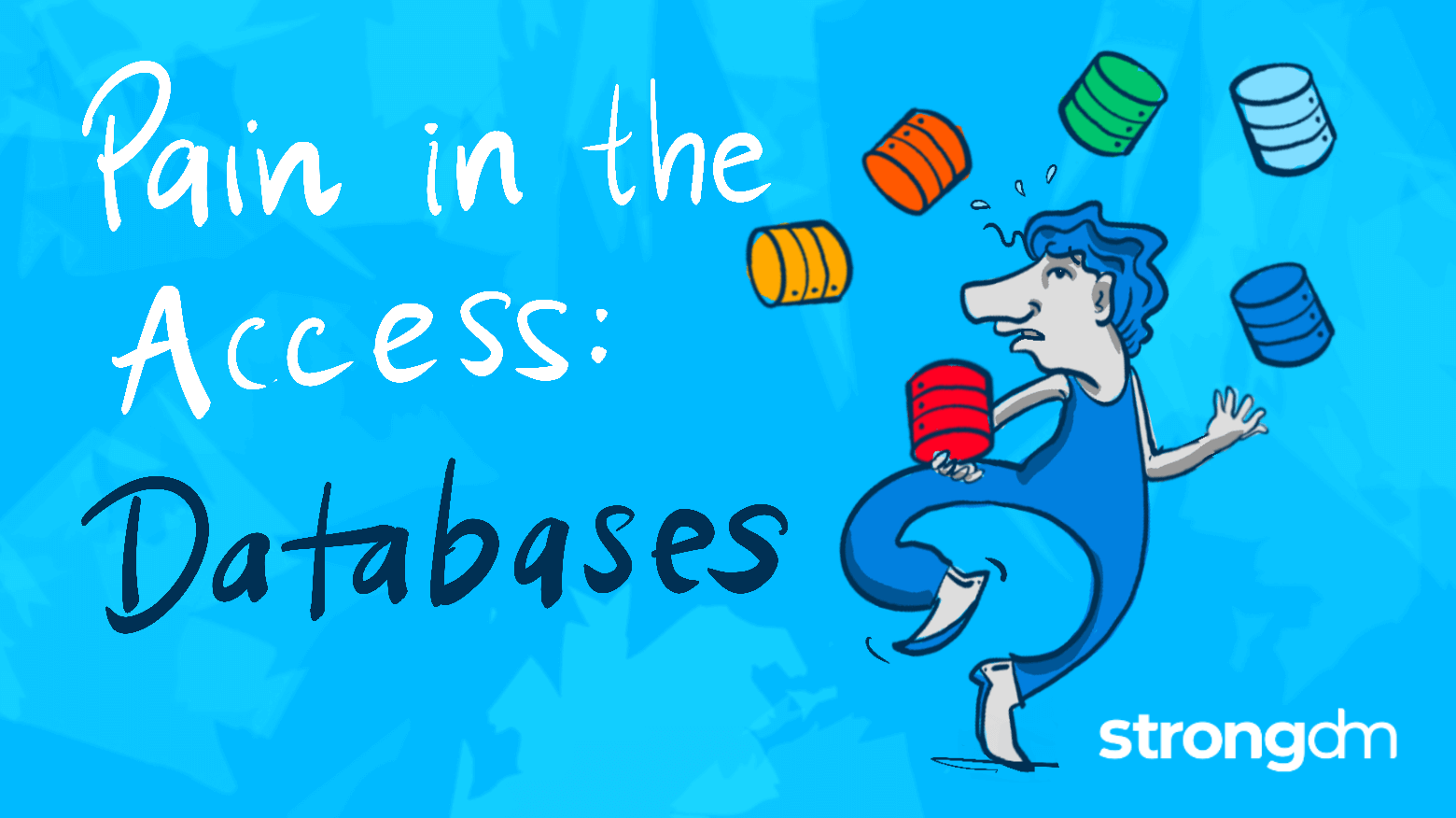
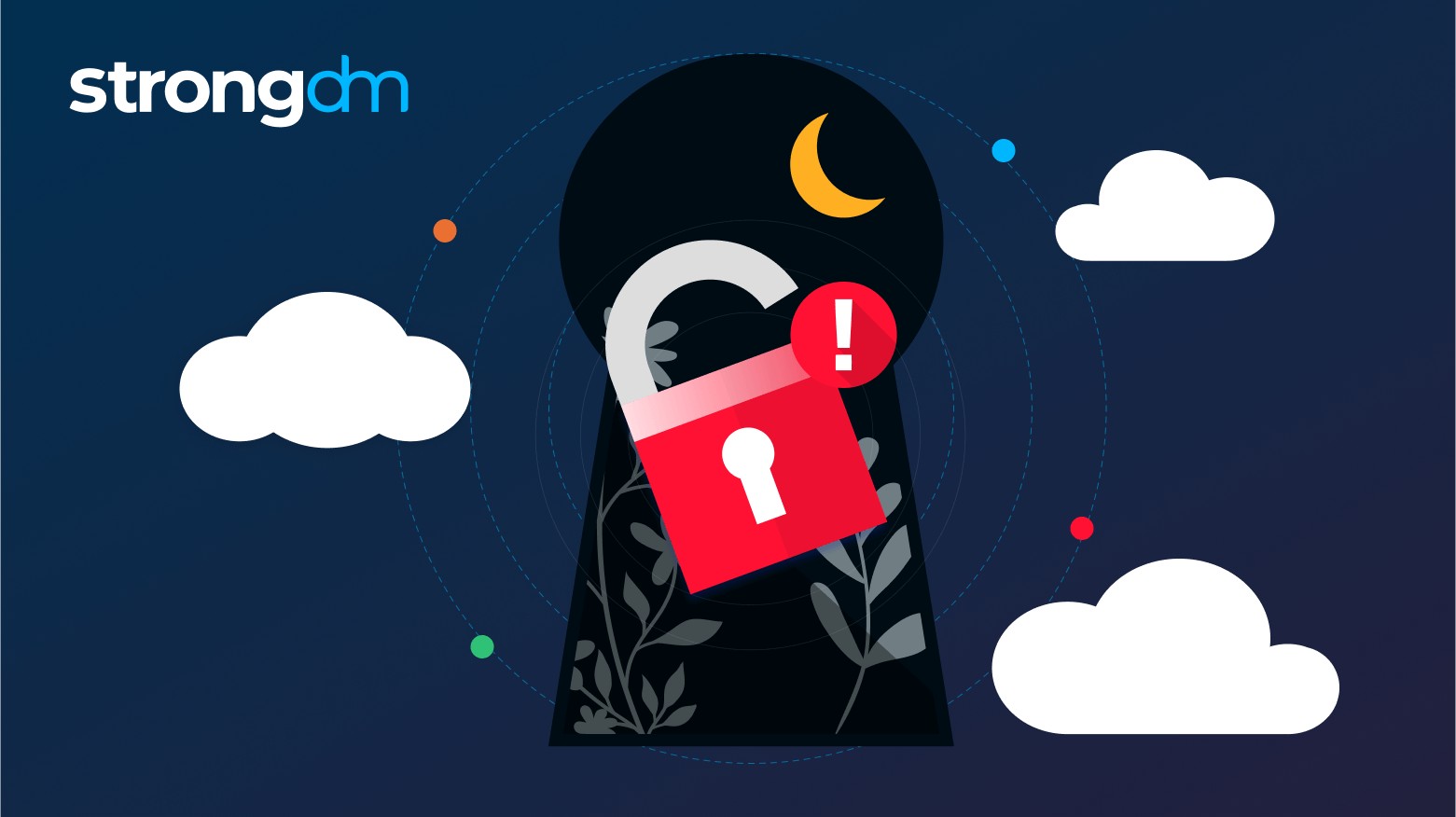
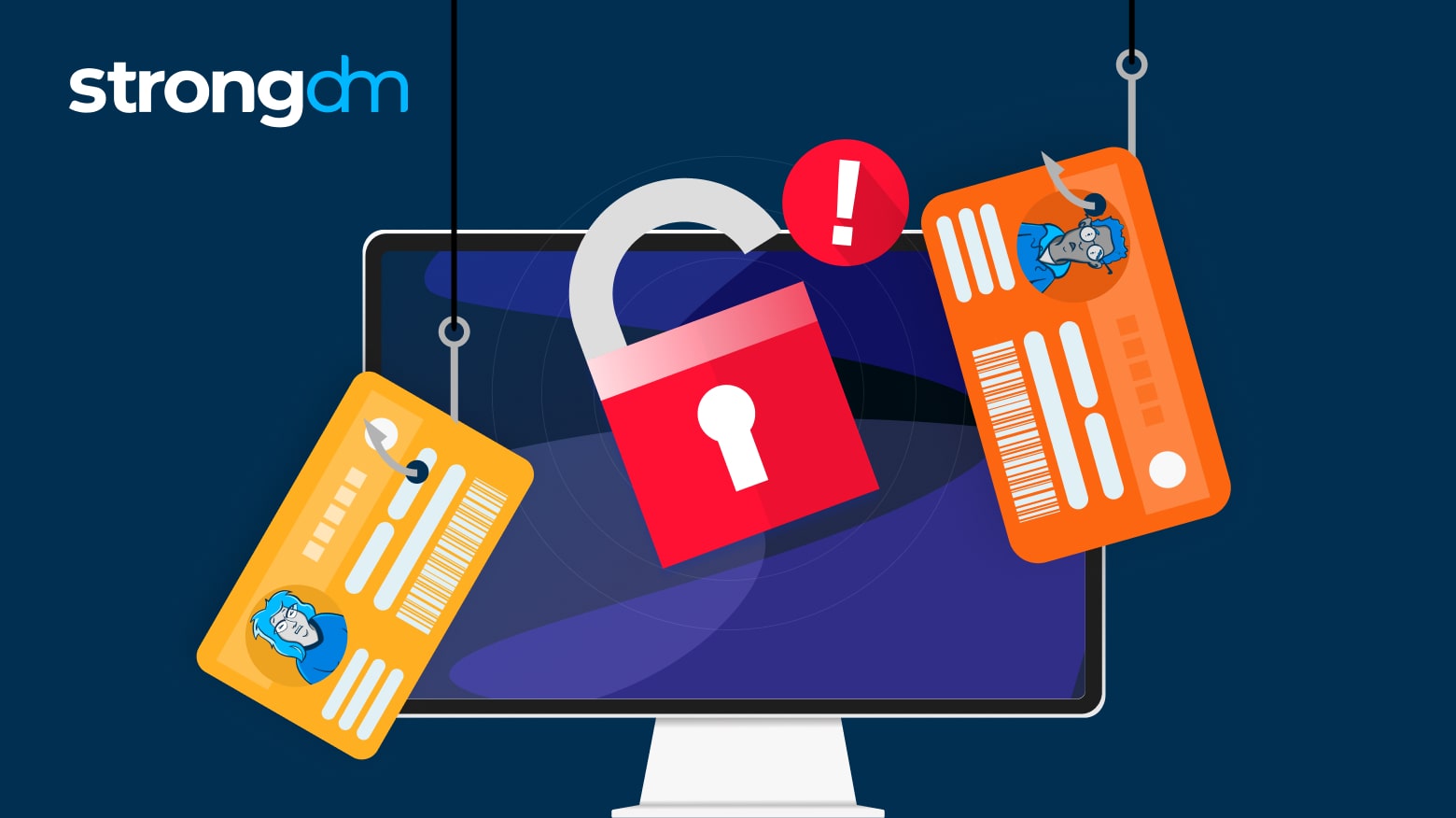

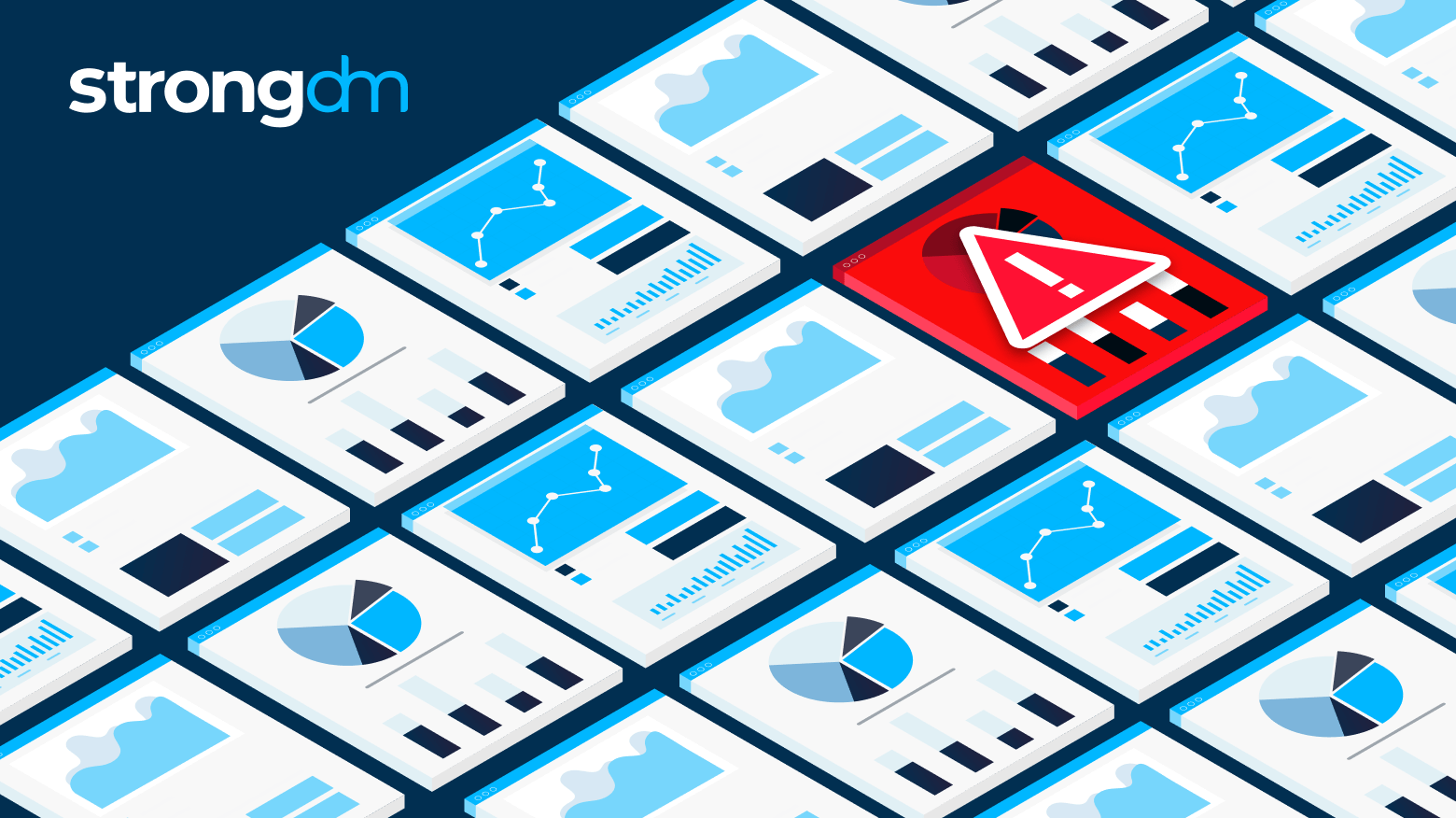

![How Better Access Improves Productivity of Tech Staff [New Research]](https://discover.strongdm.com/hubfs/better-access-improves-productivity-of-tech-staff.png)
